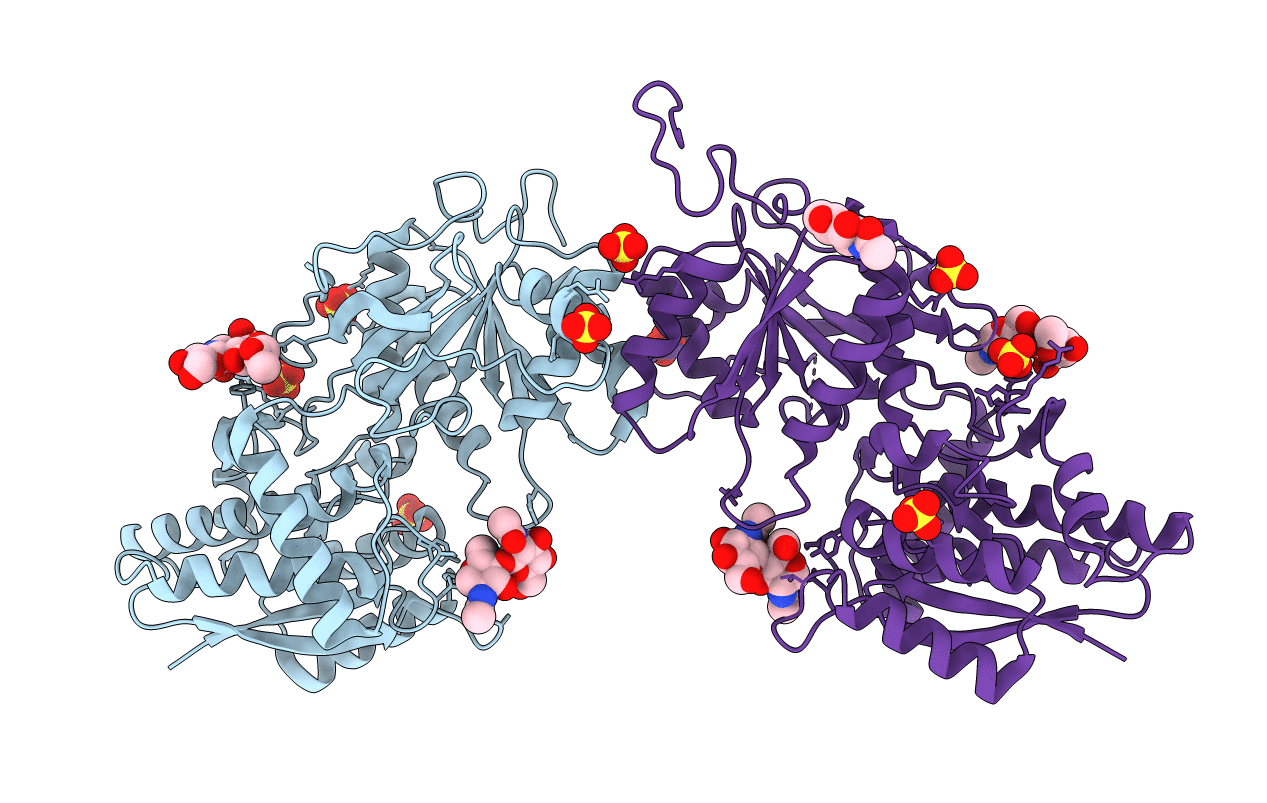
Deposition Date
1999-12-23
Release Date
2000-07-12
Last Version Date
2024-10-16
Entry Detail
PDB ID:
1DP4
Keywords:
Title:
DIMERIZED HORMONE BINDING DOMAIN OF THE ATRIAL NATRIURETIC PEPTIDE RECEPTOR
Biological Source:
Source Organism:
Rattus norvegicus (Taxon ID: 10116)
Host Organism:
Method Details:
Experimental Method:
Resolution:
2.00 Å
R-Value Free:
0.22
R-Value Work:
0.19
Space Group:
P 41 21 2


